Cinema is at its best when it depicts the cultural aspects of the society it represents. These stories, drawing inspiration from actual people, places and cultures touch their audience instantaneously. They’re the perfect way to showcase the quirks, idiosyncrasies as well as the importance of a society and its practices. It’s an eclectic canvas, one that holds truest emotions and the impressions of the viewer itself. Here’s a look at some of the best films that described and detailed the countless cultures of India...

Dil Dhadakne Do (2015)
Dil Dhadakne Do uses the age old Punjabi family drama but adds a whole new tadka, a luxurious cruise ship setting. It’s a rarely seen before look into the high life of Indian millionaires and their lavish lifestyle. The panache of the characters and the casualness of spending thousands of dollars, wearing European styles and toasting with champagne was a rare sight indeed.

Tanu Weds Manu Returns (2015)
Kangana Ranaut starrer Tanu Weds Manu Returns looks at the cultures of both Kanpur as well as Jhajjar in Haryana. While Kangana plays Manu’s wife Tanu, she also plays the Haryanvi student and athlete Datto. From her body language to the diction, she nails the Haryanvi feel throughout the movie. Apart from that, the film also imbibes a cultural essence by depicting the narrow mindedness of her family on the subject of women’s freedom. The idiosyncrasies of student behaviour on the Delhi University campus also got in a unique cultural flavour.
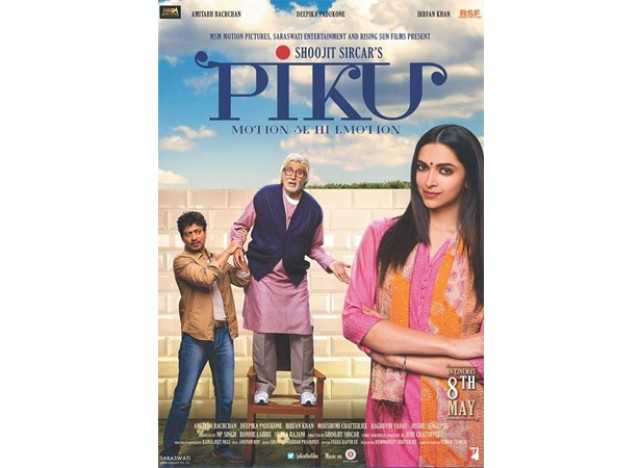
Piku (2015)
Piku was a fine balance between Bengali traditions and progressive thinking. Bengali culture and family dynamics made the perfect setting. Deepika Padukone and Amitabh Bachchan, who plays her father in the film, are Bengalis. The existence and importance of a domestic help in the family also adds a nice cultural quirk. Apart from that, Deepika takes Irrfan Khan, her taxi driver in the film, around Kolkata and shows him the sights and sounds of Kolkata, like the Ganga ghats and the authentic street food. Anupam Roy’s bona fide Bengali soundtrack and background score added to experience.
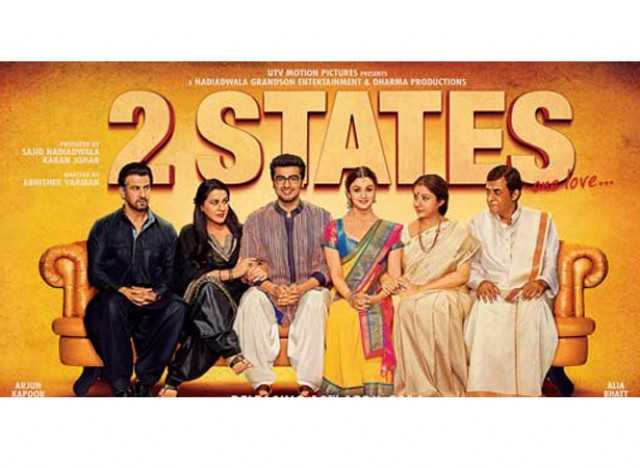
2 States (2014)
The love story is based on the issue of cultural differences that the two lovers and their families go through. Alia Bhatt and Arjun Kapoor play Ananya and Krish who fall prey to the typical South versus North divide. The dressing, the typical home architecture and language usage depicted the Tamilian Brahmin stereotypes. The loud, outspoken and socially conscious Punjabi mother showed off the quintessential Punjabi tadka.
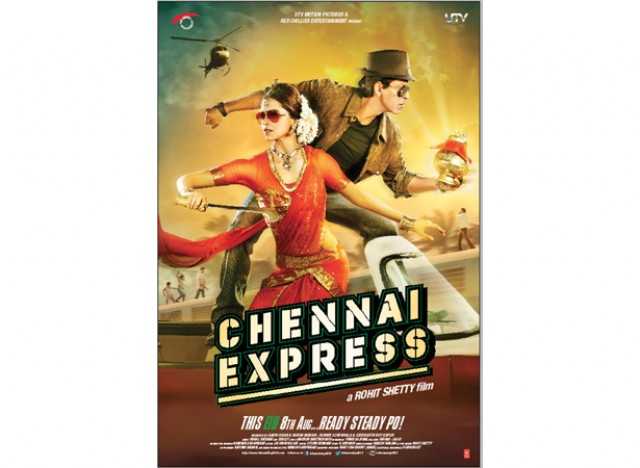
Chennai Express (2013)
The movie revolves around Tamilian culture and people. From the clothes, locations, language to some of the religious ceremonies, everything Tamil Nadu is depicted near flawlessly in the film. Deepika takes up an exaggerated accent and the typical South sarees make her look absolutely stunning. Tamil is extensively used even in the dialogues of the film to lend it authenticity.

Goliyon ki Raasleela: Ram-Leela (2013)
The romantic drama based on Romeo and Juliet by William Shakespeare, is based in a mythical village of Gujarat called Ranjaar. The movie has minutely covered key details of Gujarati culture. The songs for starters have used a lot of cultural representations – Bhai Bhai being one of them. Even the use of garba in the dance sequences is a representative trait. Moreover, the dressing and accent of the actors makes the film authentic.
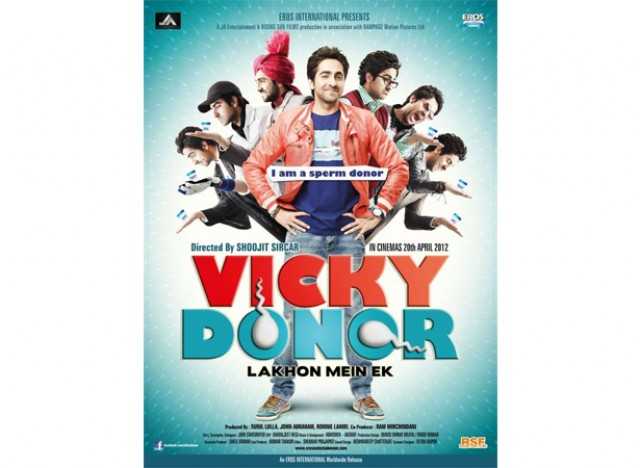
Vicky Donor (2012)
Shoojit Sircar brought the two extremely contrasting cultures together in a love story between a Bengali girl and a Punjabi boy, which was a treat to watch. While the movie depicted the Bengali family’s fish obsession, the soft spoken attitude, independence, importance of high education and simplicity; the Punjabi culture was loud, fun loving and even brought out the tradition of having alcohol at the weddings. What makes the film interesting is that despite the cultural friction happening throughout the movie, the film was a complete joyride.

Aiyyaa (2012)
The movie is about a Marathi girl who falls in love with a Tamilian boy. Coming from a strong cultural background, Rani Mukerji lives a vicarious life in her dreams. Moreover, the cultural aspect is visible the most in the song sequences. The song Dreamum Wakeupum is a parody of the typical pomp and show of a racy Tamil item number. Another number Sava Dollar showcased the trappings of the Lavani style.
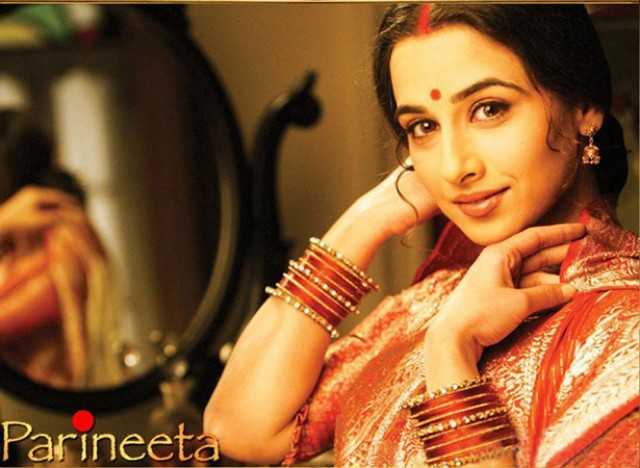
Parineeta (2005)
The musical romantic film set in Kolkata has Bengali culture playing a big role. The idea that Bengalis’ excel in music forms the crux of the movie. The Bengali outfits and the softness in the culture are fleshed out. Apart from that, the songs include many words that originate from the Bengali language and the sweet music just highlights the settings. What's more, we even see the grandeur of a high society Bengali house and their weddings, along with the highly elaborate Durga Puja rituals.
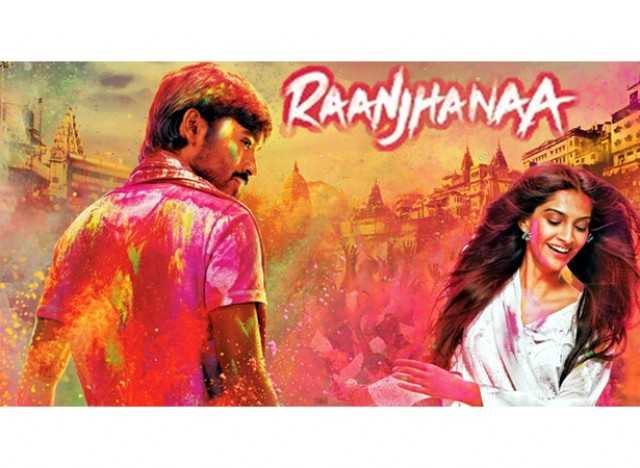
Raanjhanaa (2013)
The film extensively portrays the culture of Varanasi as the backdrop of a love triangle. From the clothing of the characters, the different modes of transportation, the festivals and even the iconic locations like the ghats, aptly represent Varanasi on screen. Also, the running thread of opposition to inter-caste marriages showcases the rigidness prevalent in North Indian society.
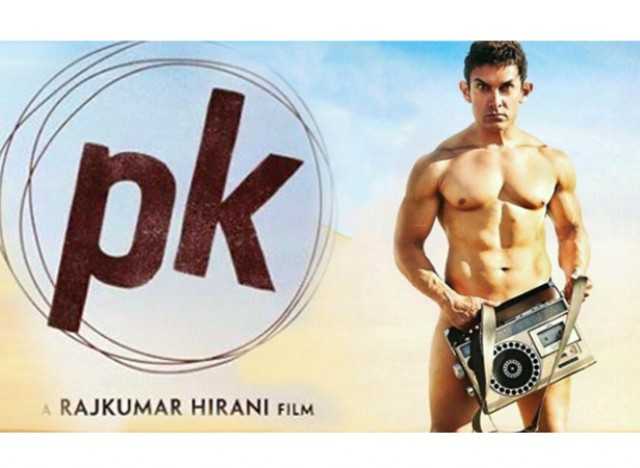
PK (2014)
The satirical movie has Aamir Khan landing on earth as an alien and experiencing earthly situations first hand, with culture shown on two levels –situational as well as religious. During the portions set in Rajasthan, the clothing and the folk song vibe in Tharki Chhokro bring the characteristic flavour of the state. Bhojpuri language and the paan chewing mannerisms of North Indian people were a major part of Aamir’s character’s development. The film challenges taboos riddling interreligious marriages, and also touches on the blind belief in religious malpractices.
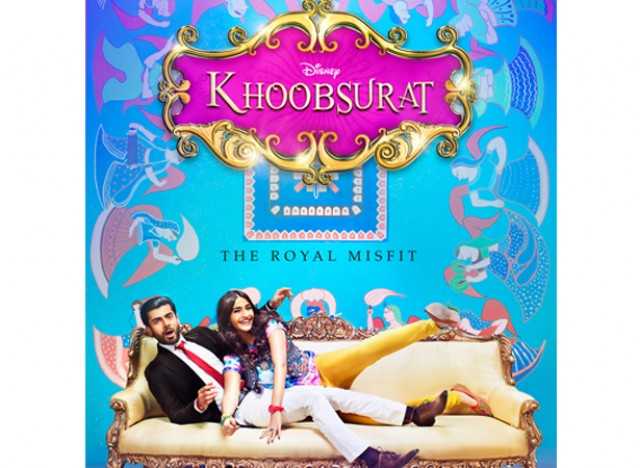
Khoobsurat (2014)
The movie is a love story between a fun-loving girl and a prince. Fawad Khan plays the prince with a stiff upper lip, whose royal heritage and cultural background is shown not just through his relationships with his parents and friends, but also through the eyes of the service staff in their palatial home. It showcases such unique cultural traits like dignified distance, and everyday discipline still practised in royal circles. In contrast, Sonam Kapoor’s character’s parents are an inter-caste couple and their rapport as well as free-spirited nature makes the perfect foil for the rigid royal cultures.
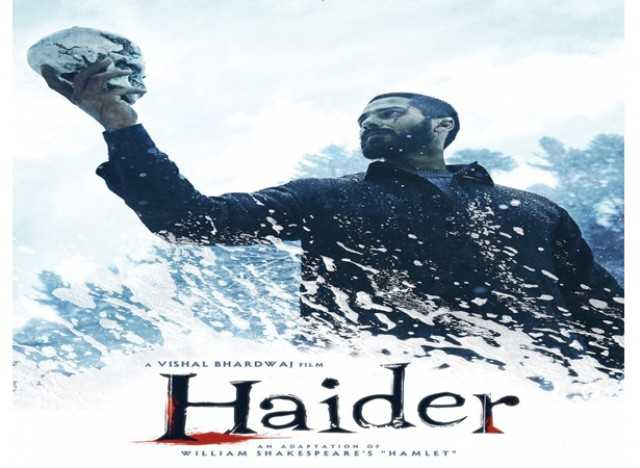
Haider (2014)
Set in conflict-torn Kashmir of the ’90s, Haider brings out the life and times of the Kashmiri Muslim community. Right from the gender as well as weather-sensitive clothing to the use of peculiar accents, this is Kashmir at its quirky best. There’s even the use of native wedding songs during portions of the film.
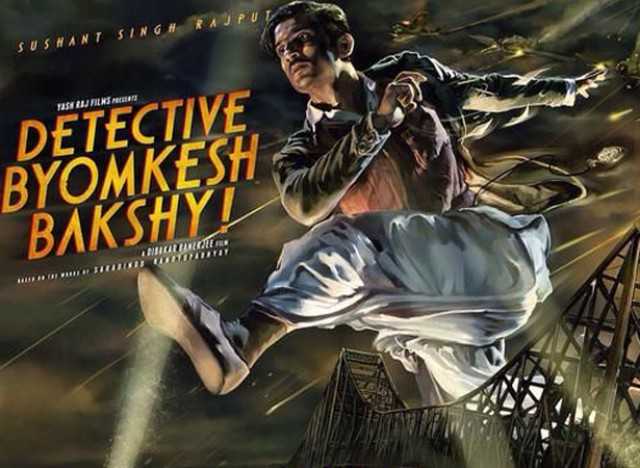
Detective Byomkesh Bakshy! (2015)
The film brings noir to 1940s Kolkata, using not just real-time locations of the city but also showcases portions of the Bengali culture prevalent during the times. One can witness the life of the student population in the earlier scenes, as they play carrom and other sports in the recreation areas. And then there’s the look back at the cabaret and jazz era that was a major part of Kolkata’s historic culture. Even certain foods like alur bhaja (fried potato) and post-meal paan have been given due prominence in the film.
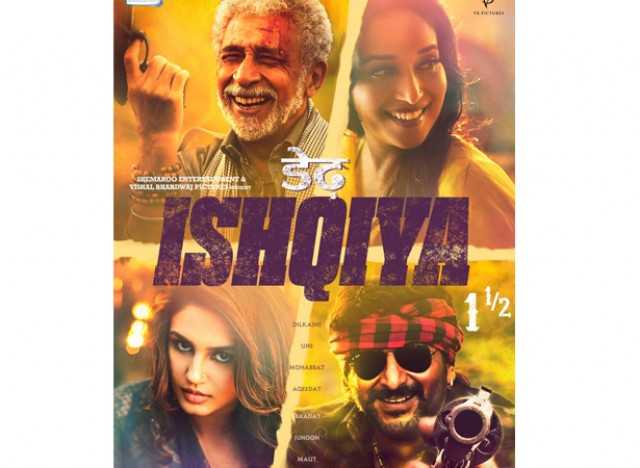
Dedh Ishqiya (2014)
A sequel to the first instalment, Dedh Ishqiya takes us through nawabi by lanes of Uttar Pradesh, steeped in old world culture. In an environment rife with Begums and Nawabs, the film showcases courtesan flair through songs like Hamari Atariya and Jagave Saari Raina. It also provides an exclusive peek into the lost world of shayari and the mushaira culture of the royals and the elite. Right from the elaborate costumes, the sprawling havelis and the urdu accentuations, the film is a window into pure Nawabi style.
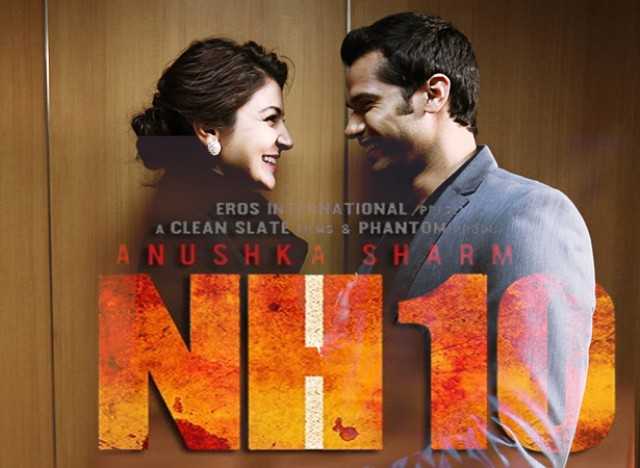
NH10 (2015)
The crime thriller starring Anushka Sharma and Neil Bhoopalam takes a disparaging look at Haryanvi culture and the practise of honour killings. A modern couple from Delhi witness the crime and are caught up in the violent aftereffects. The presence of a matriarchal figure, Deepti Naval’s character, the Haryanvi dialect added to the authenticity of the portrayal. The cultural as well as social divide widens as the movie and its characters move further interior to the badlands of North West India.
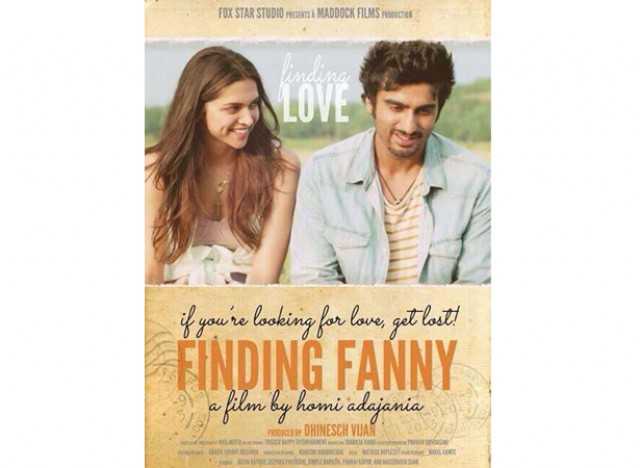
Finding Fanny (2014)
The movie involves dysfunctional individuals in Goa. That’s the perfect setting to capture the idiosyncrasies of susegad Goan culture. Unlike popular leaning, Fanny took us to the smaller and more intimate parts of Goa. Aspects like choir singing, wedding fanfare, and the tight-knit community model were highlights. It also sheds light on the rampant Russian tourist population that occupies a part of the state, but that’s just a fleeting mention. We’re shown beautiful locations from the state, including the postcard perfect Divar Island.
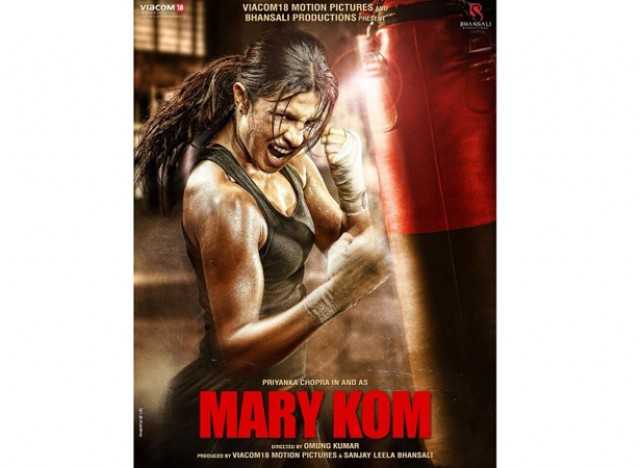
Mary Kom (2014)
The biopic, based on the Indian boxer hailing from Manipur, gives us a sneak peek into the culture of the land. Not only does the protagonist face opposition in the guise of cultural norms when she chooses boxing as her career, but it also shows the basic cultural practices like marriage and childbearing in North East. To lend authenticity to the character, Priyanka Chopra spent a considerable amount of time learning the local dialect, Bisou.